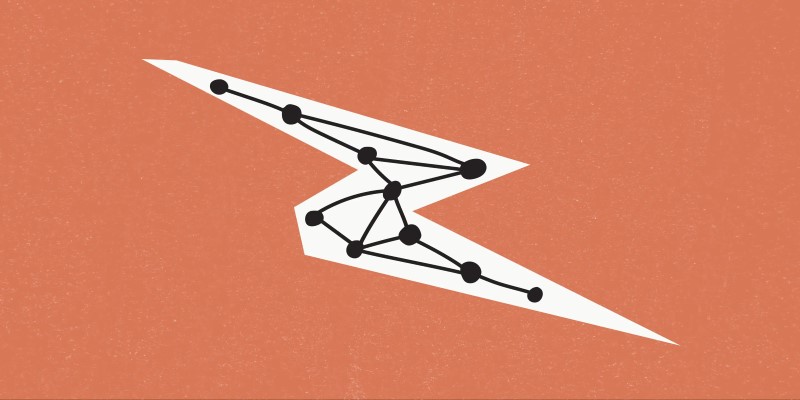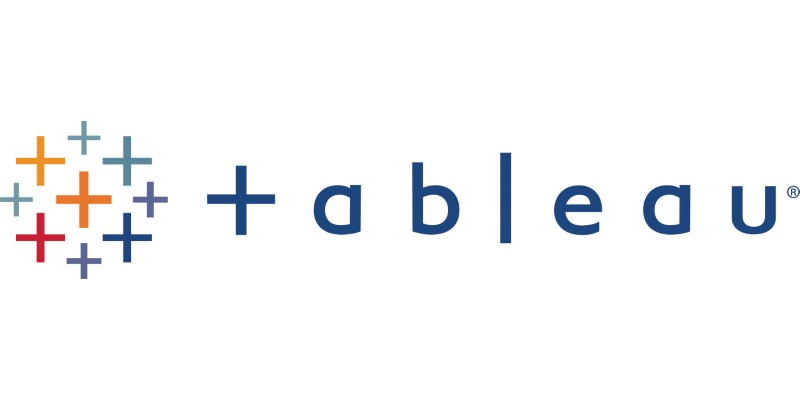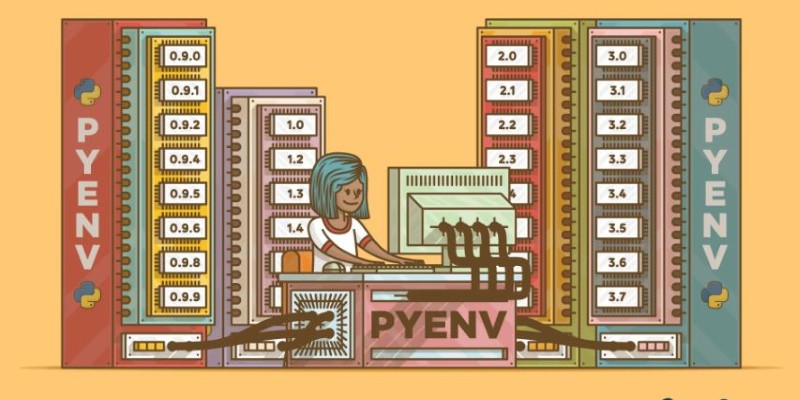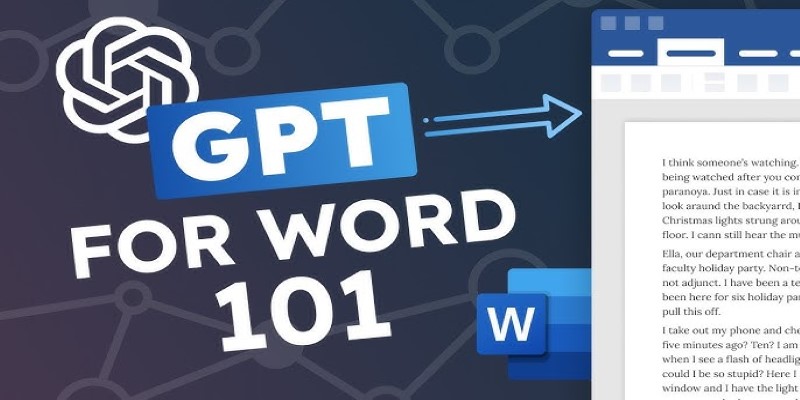Advertisement
The more data we collect, the more questions we end up having. And if you're the one supposed to make sense of all those charts and columns, you’re going to need something stronger than guesswork. That’s where statistics steps in. Not the dry kind you skimmed through in college, but the kind that actually helps you figure out patterns, build models, and stop second-guessing your conclusions. If you’re in data science—or planning to be—solid stats knowledge isn’t optional. It’s essential. Below are ten books that don’t waste your time and actually help you understand how the numbers work.
If you’re tired of books that bury concepts under ten layers of math, this one might feel like a breather. It’s designed for people who use data daily and don’t want to flip through dense theory every time they need a refresher. This book works through common data science tasks—A/B testing, regression, distributions—and ties each topic back to actual applications in Python and R. No fluff, just what you need.

Some books explain how to do statistics. This one explains why you’re doing it in the first place. Spiegelhalter strips things down to their core: understanding uncertainty and making informed decisions. It’s full of real examples, and instead of throwing equations at you, it walks you through how statistical thinking shows up in daily life. It's a good one to read when you're stuck staring at numbers and forgetting what the point is.
If you like working with code instead of memorizing formulas, Think Stats is your kind of book. Downey teaches statistics through Python, using small datasets and simple programs. The best part? You learn by doing. It’s not one of those read-only books; you’re writing code, running experiments, and figuring things out on your own. It’s clean, straightforward, and actually sticks.
This one’s a bit different. Instead of the usual plug-and-play formulas, McElreath wants you to actually understand what’s going on behind Bayesian models. It's written in a conversational tone and treats you like someone smart enough to handle real ideas. You’ll find R code throughout, but what keeps it interesting is the way it breaks down complicated models without turning them into a lecture. If you’re into machine learning and curious about probability modeling, this book is worth your time.
Here’s the deal: this isn’t a data science textbook. But it might be the book that makes statistics finally make sense to you. Wheelan writes like someone explaining stats to a curious friend over coffee. There are no exercises or technical deep dives. Just stories, logic, and a healthy dose of humor. Perfect for anyone who wants to sharpen their statistical thinking without wading through software documentation.
This one gets recommended a lot—and for good reason. It hits the sweet spot between theory and application. You’ll learn linear regression, classification, resampling, and more. The authors keep it readable, and the R labs that come with it are surprisingly useful. If you want a book that feels academic but still practical, this fits. Just be ready to spend time with it. It’s not something you skim.
The name’s catchy, but the book delivers. It teaches Bayesian inference using Python and real-world problems. You’ll work through projects like predicting text or modeling web traffic. What makes it different is how much it relies on intuition and visualization. Davidson-Pilon is more interested in making you get Bayesian thinking than in making you memorize formulas. If you’ve been meaning to learn Bayesian stats and like the idea of hacking your way through it, this is a solid place to start.
If you’ve got a background in math and want a book that doesn’t talk down to you, Wasserman’s writing might suit you. It’s short, tight, and focused on inference. The pace is quick—so this isn’t for beginners—but if you already know the basics and want something that covers a lot of ground in a short time, you’ll probably appreciate how direct it is. It’s a book meant to be studied, not just read.
Technically, this isn't a pure statistics book. But it belongs here because it teaches you how to think statistically about data in a business context. Concepts like data-driven decision-making, predictive modeling, and evaluation metrics are covered in a way that doesn't feel like a lecture. It's the kind of book that helps you connect the dots between theory and what companies actually do with data.
Most people don’t mess up stats because they’re bad at math—they mess up because no one told them what not to do. That’s what this book is about. It shows you the common mistakes people make when analyzing data, from p-hacking to misinterpreting confidence intervals. Reinhart doesn’t try to impress you with big words. He just points out where things often go off track and how to avoid doing the same.

Depends on your goal. If you're just starting and want something light, Naked Statistics or Think Stats might be easier to digest. Want to dig into practical modeling with code? Practical Statistics for Data Scientists or Bayesian Methods for Hackers would be a better fit. Looking to build a solid academic foundation? ISLR or All of Statistics won’t disappoint. The main thing is not to get overwhelmed. These books aren’t going anywhere, and there’s no prize for reading them all at once. Pick one, see if it helps you think better, and move forward from there.
Advertisement

Heard about on-device AI but not sure what it means? Learn how this quiet shift is making your tech faster, smarter, and more private—without needing the cloud

How can AI make your life easier in 2025? Explore 10 apps that simplify tasks, improve mental health, and help you stay organized with AI-powered solutions

Thinking of running an AI model on your own machine? Here are 9 pros and cons of using a local LLM, from privacy benefits to performance trade-offs and setup challenges

New to ChatGPT? Learn how to use OpenAI’s AI assistant for writing, organizing, planning, and more—no tech skills needed. Here’s how to start and get better results fast

Can smaller AI models really compete with the giants? Discover how Small Language Models deliver speed, privacy, and lower costs—without the usual complexity

Looking for an AI that delivers fast results? Claude 3 Haiku is designed to provide high-speed, low-latency responses while handling long inputs and even visual data. Learn how it works

How can Tableau enhance your data science workflow in 2025? Discover how Tableau's visual-first approach, real-time analysis, and seamless integration with coding tools benefit data scientists

Tired of dealing with messy Python versions across different projects? Learn how pyenv can help you easily install, manage, and switch between Python versions without the headaches

Discover how Snowflake empowers EdTech vendors with real-time data, AI tools, and secure cloud solutions for smarter learning

Ever wondered if your chatbot is keeping secrets—or spilling them? Learn how model inversion attacks exploit AI models to reveal sensitive data, and what you can do to prevent it

Discover how GenAI transforms supply chain management with smarter forecasting, inventory control, logistics, and risk insights

Looking for a quicker way to create documents in Word? Learn how to use ChatGPT to automate your document writing process directly within Microsoft Word